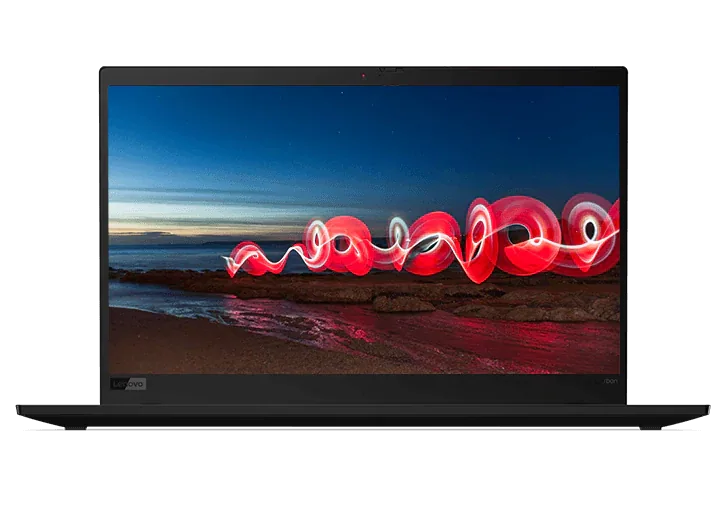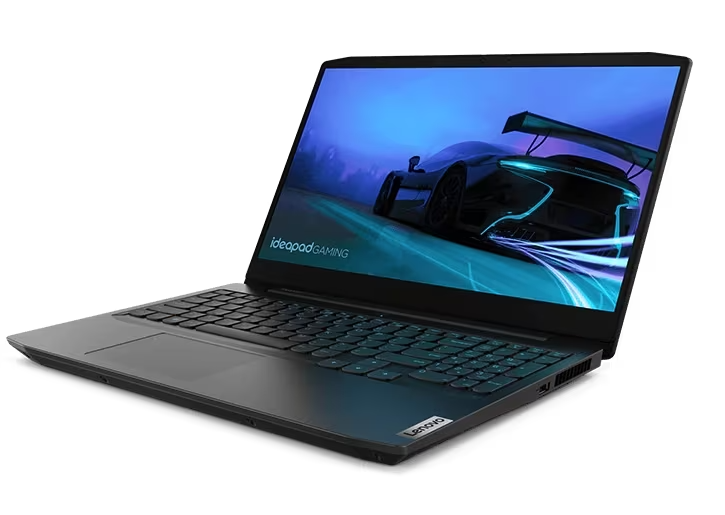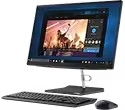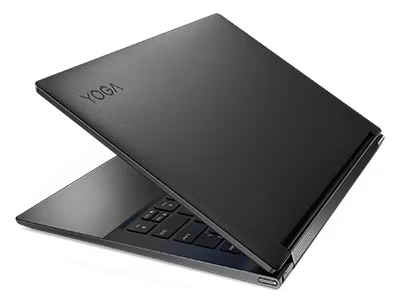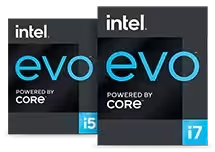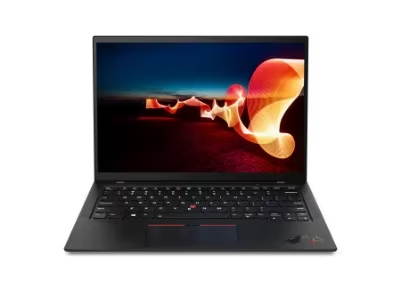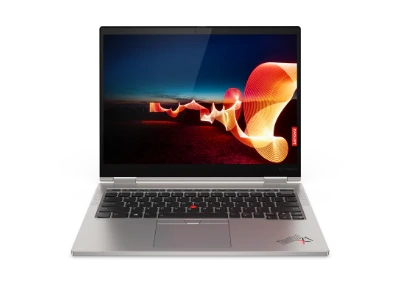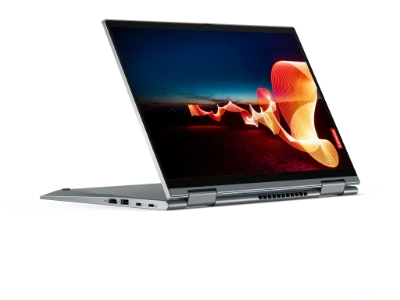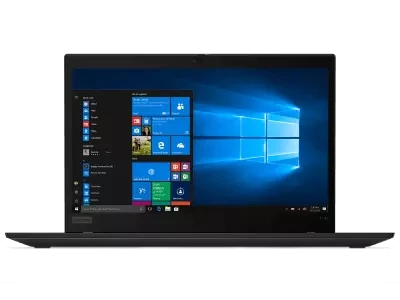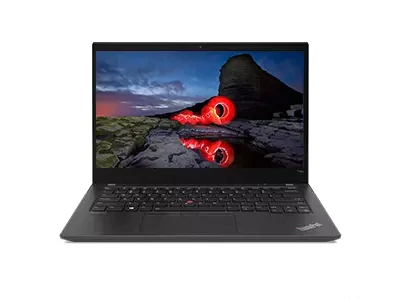Best Laptop for Architecture
Architects design our buildings, roads, and all other infrastructure we use every day. Their jobs include levels of detail we can’t even fathom. They need the right tools to create these complicated designs, and we’re here with a handy guide to help.
Many important factors go into building a laptop, and it’s not always easy to know which ones are the most relevant for you or your profession. That’s why we put together this guide for architects and students alike to help you understand exactly what you need for the best laptop for architecture.
Below, we’ll discuss all the great qualities of the best laptop for architecture, what factors you should consider before purchasing a workstation, and what architects need in a laptop.
Let’s get started!
The Best Laptop for Processing Speed
For architects, the processor is one of the most critical components of a laptop. Architects need a computer with the power to run compute-intensive programs while performing other tasks. While most casual users can get away with a weak laptop or even just a smartphone for browsing the web, you need a computer with enough processing power to handle the demands of CAD and/or CAM software.
Architects use a great deal of processor and graphics-intensive software. Therefore, the best laptop for game development also has the best processors and graphics cards and can effortlessly handle multiple, arduous tasks. The ideal processor has multiple cores and a computing power (or clock speed) of at least 3.5 GHz for architects.
The Best Laptop for Significant Storage
Having massive amounts of local storage isn’t as critical as before because you can save your files on the internet for the casual user. However, as an architect, you’ll be working with massive files and huge projects that will use up your storage before you know it. So, you want as much as you can get.
The SSD (solid-state drive) is the current favorite option for storage because it is lighter, more efficient, and faster than the traditional spinning HDDs (hard disk drives). SSDs are also quieter and more reliable than conventional HDDs.
Many professional architects use a dual drive, both an SSD and HDD, and have improved speed and performance. However, not everyone needs a dual drive; it all depends on how large your projects are. Beginner architects probably won’t need a dual drive (yet).
The Best Laptop for GPU Rendering
You’ll need a powerful graphics card or graphics processing unit (GPU) for architecture programs. There are two options for a graphics card: a dedicated GPU, which is independent of the processor, or an integrated GPU, which the processor powers.
While the latest versions of integrated GPUs are pretty remarkable and can handle their fair share, you will want a dedicated (or discrete) GPU as an architect. Dedicated GPUs have their own RAM and don’t rely on the processor, making them faster and better for heavy graphical tasks. Most architecture software uses GPU rendering, which utilizes the graphics processing unit, and therefore needs more power than an integrated GPU can offer.
The Best Laptop for Working 9-5… and then Studying
As an architect, you’re probably bouncing from the work site to school, to consultations, back home, and who knows where else. You need a reliable, long-lasting battery that will get you through the whole workday. The average battery life is anywhere from 1-5 hours, but it goes much higher, and you should never settle for anything less than 7 hours.
The best laptops have at least 10+ hours of battery life, even more on optimized mode. Running heavy programs will drain your battery life quickly, so it’s essential to find a workstation with enough battery life to last throughout the day.
The ThinkPad P Series Mobile Workstation have an impressive battery life and are a growing favorite of architectural design students.
The Best Laptop for RAM
Unsurprisingly, architecture software needs a lot of RAM and disk space to operate efficiently. The cloud makes storage a little less critical, but programs still rely on RAM for storage, so it’s essential to have enough to support your compute-intensive programs.
The best laptops for architects have an excellent processor with 6-8 cores, a minimum of 4.0 or more of computing power, and, at the very least, 8 GB of RAM. Most architects prefer at least 16-32 GB to ensure tasks run smoothly.
The Best Laptop with Inputs to Spare
As an architecture student, you’re bound to use some accessories for your profession. One of the greatest aggravations is getting a fun new tool and finding out you don’t have the inputs for it. Not today.
The best laptop for architecture has all the basic ports, plus the extras you’ll need for graphics tablets, wide gamut monitors, and VR headsets, with ports to spare.
Factors to Consider
If you’re an architect, you need to think about more than just an elite processor, amazing graphics, and loads of RAM.
Processor – Architecture software, such as CAD and CAM, needs a powerful machine with the finest processor. The best processors for architecture have multiple cores and provide more than 3.0 GHz of computing power (clock speed), though most professionals prefer at least 3.5 GHz.
RAM – Cloud storage makes RAM a little less important than previously, but programs still rely on RAM for memory, so it’s essential to have enough to support your compute-intensive programs. The absolute minimum for AutoCad is 8 GB, 16 GB is the standard, and 32 GB is the favorite of architects who work with extensive projects and don’t want to worry about running out of memory.
Storage (SSD, HDD, and External drives) – The best architecture laptop has a solid-state drive (SSD) with at least 256 GBs of storage, instead of the traditional spinning HDDs (hard disk drives). The HDDs are heavier and have a slower boot-up speed. SSDs are also quieter and more reliable than conventional HDDs. Most professional architects like to work with a 512 GB + SSD or even a dual drive with 256 GB SSD and 1 TB HDD to improve speed and performance.
Display – An ideal display for architects has a large, clear, full HD display that reproduces colors and contrasts correctly, with enough screen real estate to open windows side-by-side and multitask efficiently. Most design professionals favor 17” screens, though they are a little less portable.
Graphics – No cutting corners here, I’m afraid. For architects, an elite, dedicated graphics card is absolutely necessary. A dedicated GPU is a separate graphics card with its own RAM, whereas an integrated GPU is powered by the processor and isn’t as formidable. Look for workstations with the latest versions of graphics cards like NVIDIA or AMD.
Plenty of accessory ports – As an architecture student, you’ll need to use a lot of accessories for your profession. The best laptop for architecture students has enough ports for your phone, graphics tablet, additional monitor, and still have inputs to spare.
Wireless/Wi-Fi – Nowadays, everyone needs lightning-fast Wi-Fi. With appointments, meetings, uploading your projects, and everything in between, you’re bound to need fast internet. The new IEEE standard is 802.11ac (5 GHz, up to 1300 Mbps), which is almost three times the previous standard (802.11n, up to 450 Mbps).
Long-lasting battery – Heavy software demands a lot from your battery, but you still need a full day’s work. Look for a workstation with excellent battery life, perhaps even an optimized work mode.
Lightweight but sturdy – As an architect, you likely travel with your workstation frequently, so you need it to be light but still built for the inevitable mishap. When you’re at a worksite, you need more than a flimsy, sleek machine. You need a sturdy powerhouse.
What Do Architects Need in a Laptop?
Any good photographer knows that inspiration is everywhere, which means you need to be everywhere, too.
The best laptop for architecture has everything you need for architectural design on-the-go:
- CPUs with multiple cores that provide at least 3.0 GHz of computing power and can process even the most significant architecture programs with ease
- Dedicated GPU (not integrated GPU) because it is more powerful and faster with graphical computing tasks
- Lightning-fast Wi-Fi to upload files - 802.11ac (5 GHz, up to 1300 Mbps), is the new IEEE standard, which is almost three times the previous standard
- At least 256 GB SSD (solid-state drive) storage for architecture students, though many professional architects prefer a dual drive with 256-512 GB SSD and 1 TB HDD
- Large, high-resolution display that reproduces accurate colors and contrasts, 15-17”
- Plenty of accessory ports for smart devices
- Long-lasting battery of at least 7+ hours
- Lightweight yet durable to withstand inevitable accidents
Architects need a lightweight, powerful, fast workstation that can efficiently process graphical computational tasks and run multiple programs at once. So, we made one.
The sturdy ThinkPad P Series Mobile Workstation has unimaginable power, mind-blowing graphics, and insane RAM – it’s a machine you don’t want to miss out on.
